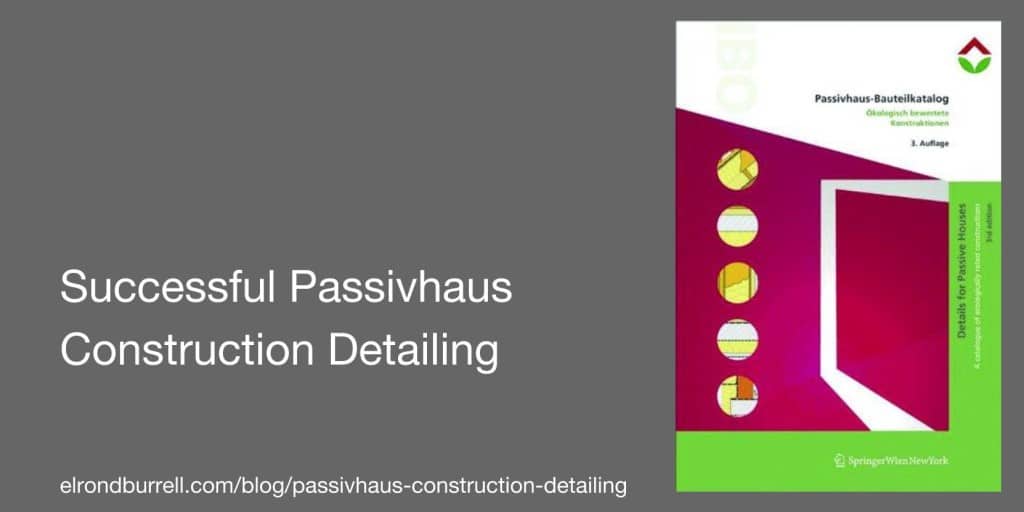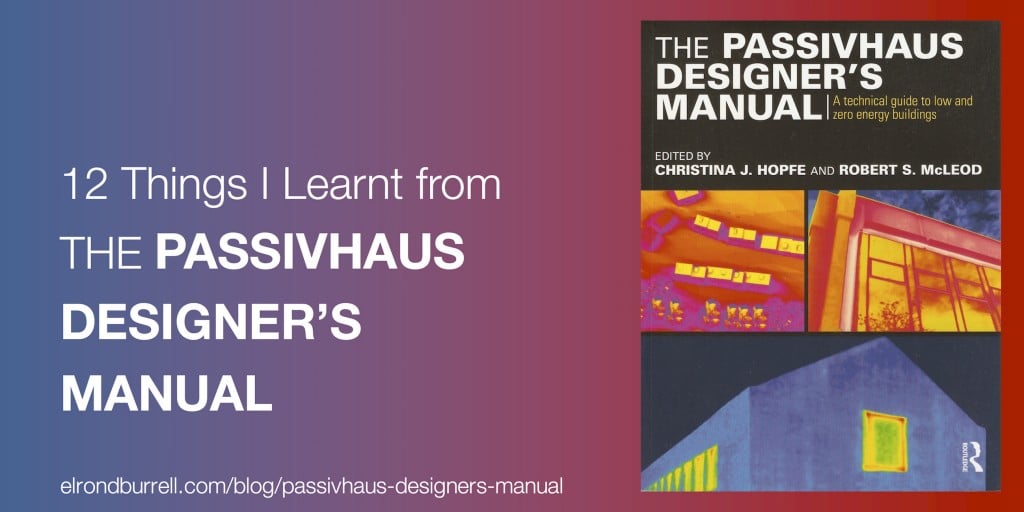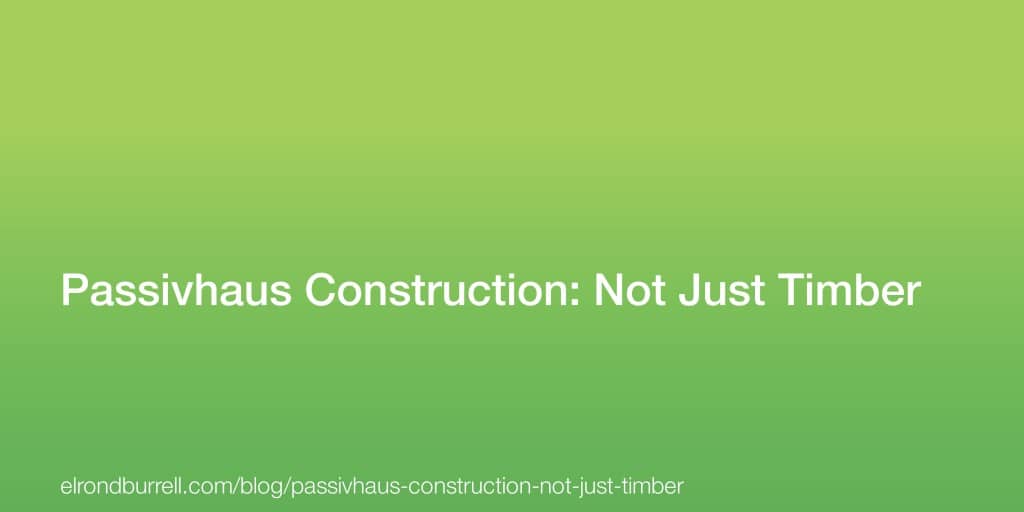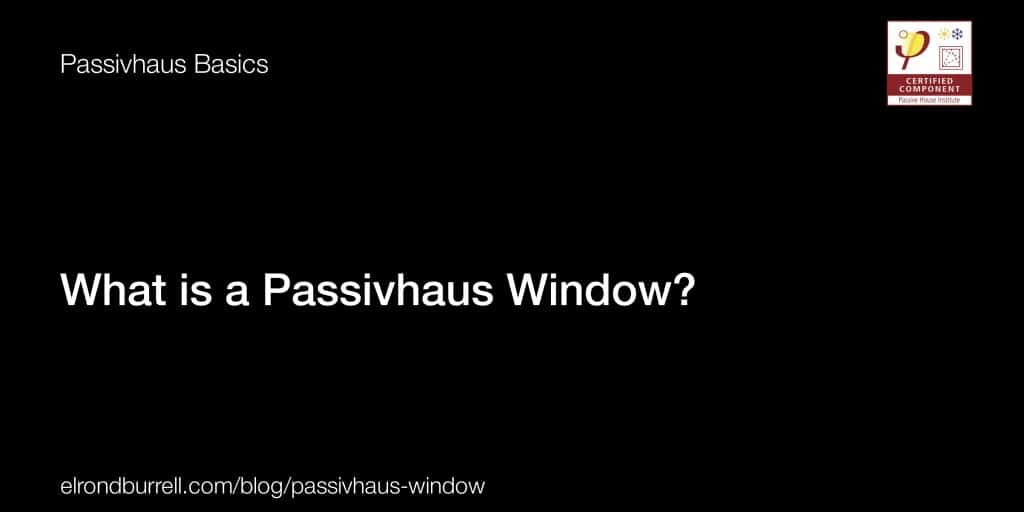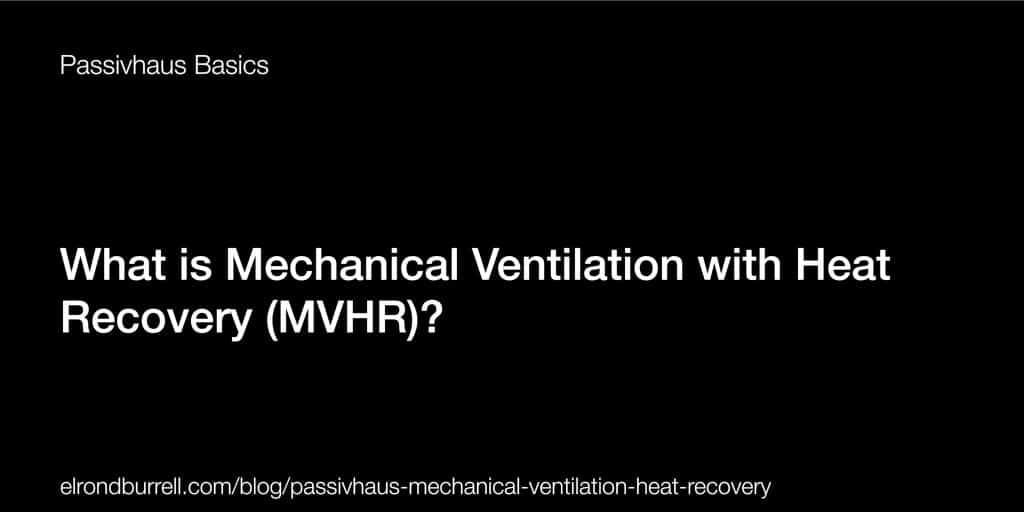This blog post is a review of the 3rd, revised edition of “Details for Passive Houses: A Catalogue of Ecologically Rated Constructions” published in 2009. This book is edited by the IBO, the Austrian Institute for Healthy and Ecological Building. It is a large and hefty hardcover tome at 3.2 x 24.8 x 35.6 centimetres.
People often ask if there is a catalogue of suitable details for Passivhaus construction. There isn’t one, at least not in English, that I am aware of. Of course, this might be because it is possible to build a Passivhaus with almost any construction system, so such a catalogue would be a huge undertaking. However, this book is the closest thing there is to such a catalogue.
The purpose of “Details for Passive Houses: A Catalogue of Ecologically Rated Constructions” is twofold; to provide an ecological evaluation of a range of Passivhaus-suitable construction details and to suggest alternatives that “illustrate the possibilities and limitations of ecologically motivated material selections.”
The book contains 130 Passivhaus construction details, with assembly cross-sections and junction details. The details are beautifully illustrated to scale in four colours throughout.
“Details for Passive Houses: A Catalogue of Ecologically Rated Constructions” is an excellent reference for successful Passivhaus construction detailing.
